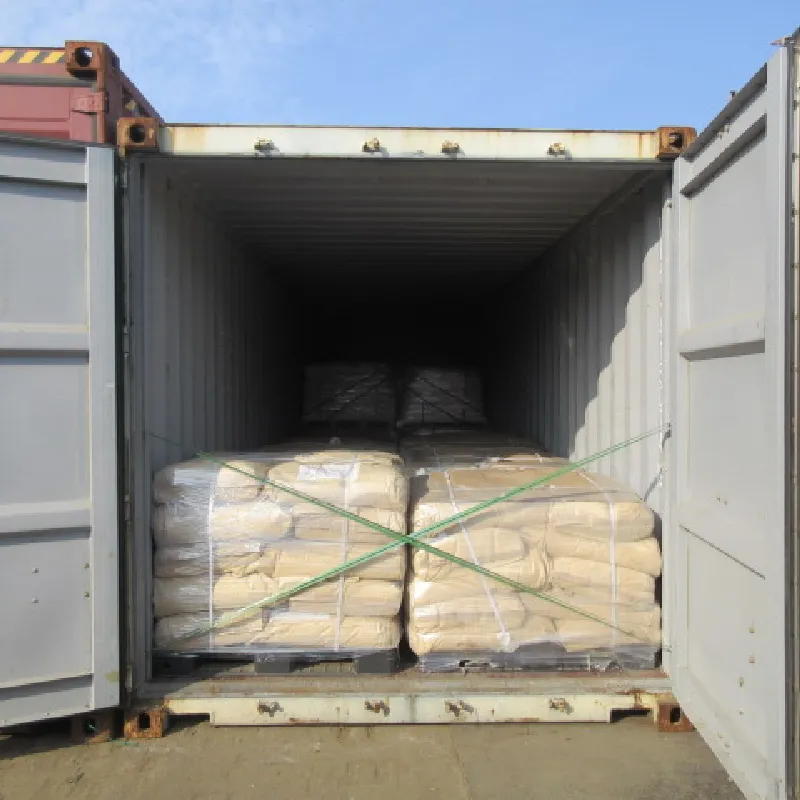
Exploring the Properties and Applications of Styrene and Butadiene in Modern Industry
Styrene and Butadiene An Overview of Their Importance in Industry
Styrene and butadiene are two essential monomers that play a critical role in the production of various types of synthetic rubber and plastics. Both compounds are integral to modern manufacturing processes and have wide-ranging applications across different industries. In this article, we will explore the properties, production, and uses of styrene and butadiene, highlighting their significance in today's economy.
Understanding Styrene and Butadiene
Styrene is a colorless, oily liquid that readily evaporates into the air and has a distinctive sweet smell. It is primarily used in the production of polystyrene, a common plastic found in various consumer products such as packaging materials, disposable cutlery, and insulation. Styrene is produced through the process of dehydrogenation of ethylbenzene, a compound derived from petroleum.
Butadiene, on the other hand, is a gaseous compound that is also colorless and flammable. It is a key building block for the production of synthetic rubber, particularly polybutadiene rubber, which is used extensively in the automotive industry for tires and other rubber products. Butadiene is typically produced through the steam cracking of hydrocarbons, such as naphtha or gas oil.
Production Processes
The production of styrene and butadiene involves several chemical processes. Styrene production occurs via the catalytic dehydrogenation of ethylbenzene, where ethylbenzene is heated in the presence of a catalyst, resulting in the formation of styrene and hydrogen gas. This process usually takes place in reactors that can withstand high temperatures and pressure.
Butadiene production commonly involves steam cracking, a high-temperature process that breaks down hydrocarbons into lighter compounds. In this process, ethane, propane, or naphtha is subjected to thermal cracking, yielding a variety of byproducts, including butadiene. The purification of butadiene is crucial, as it is used in combination with other materials to create high-performance synthetic rubbers.
styrene and butadiene

Applications and Uses
The applications of styrene and butadiene are vast and varied. Styrene is primarily employed in the production of polystyrene, which finds applications in the food packaging industry due to its excellent barrier properties. Additionally, styrene is used in producing foam products, automotive parts, and various consumer goods, providing durability and lightweight properties.
Butadiene's most significant application is in the manufacture of synthetic rubber. Polybutadiene and styrene-butadiene rubber (SBR) are integral to tire manufacturing, offering excellent resilience and resistance to wear and tear. Furthermore, butadiene is used in the production of automotive parts, adhesives, and coatings, making it a vital component in enhancing product durability.
Environmental Considerations
As with many industrial chemicals, the production and use of styrene and butadiene pose environmental challenges. Both compounds are volatile organic compounds (VOCs), which can contribute to air pollution when released into the atmosphere. Therefore, the industry continually seeks methods to minimize emissions and develop safer production techniques, aligning with sustainability goals.
Conclusion
Styrene and butadiene are crucial monomers that underpin the manufacture of a wide array of products, from plastics to synthetic rubber. Their unique properties and versatility have made them indispensable in numerous industries, particularly automotive and consumer goods. As the global demand for these compounds continues to grow, ongoing research and innovation will be essential in ensuring that their production processes remain efficient and environmentally friendly. Through sustained efforts in chemical engineering and environmental stewardship, the industry can harness the benefits of styrene and butadiene while mitigating their impact on the planet.
-
nitrile-rubber-honoring-strict-production-standardsNewsAug.22,2025
-
aspartame-ingredients-honoring-food-safety-valuesNewsAug.22,2025
-
fertilizer-for-balanced-plant-nutritionNewsAug.22,2025
-
cyanide-gold-processing-with-high-purity-additivesNewsAug.22,2025
-
formic-acid-in-textile-dyeing-applicationsNewsAug.22,2025
-
aluminum-hydroxide-gel-in-skincare-productsNewsAug.22,2025
-
Regulatory Compliance for Global Mining Chemicals UseNewsAug.12,2025
Hebei Tenger Chemical Technology Co., Ltd. focuses on the chemical industry and is committed to the export service of chemical raw materials.
-

view more DiethanolisopropanolamineIn the ever-growing field of chemical solutions, diethanolisopropanolamine (DEIPA) stands out as a versatile and important compound. Due to its unique chemical structure and properties, DEIPA is of interest to various industries including construction, personal care, and agriculture. -

view more TriisopropanolamineTriisopropanolamine (TIPA) alkanol amine substance, is a kind of alcohol amine compound with amino and alcohol hydroxyl, and because of its molecules contains both amino and hydroxyl. -

view more Tetramethyl Thiuram DisulfideTetramethyl thiuram disulfide, also known as TMTD, is a white to light-yellow powder with a distinct sulfur-like odor. It is soluble in organic solvents such as benzene, acetone, and ethyl acetate, making it highly versatile for use in different formulations. TMTD is known for its excellent vulcanization acceleration properties, which makes it a key ingredient in the production of rubber products. Additionally, it acts as an effective fungicide and bactericide, making it valuable in agricultural applications. Its high purity and stability ensure consistent performance, making it a preferred choice for manufacturers across various industries.





